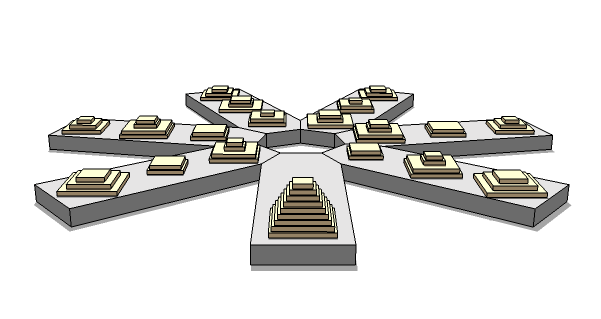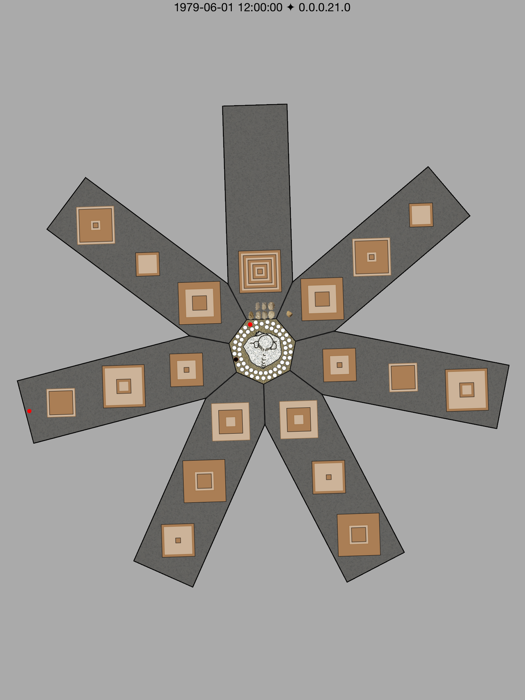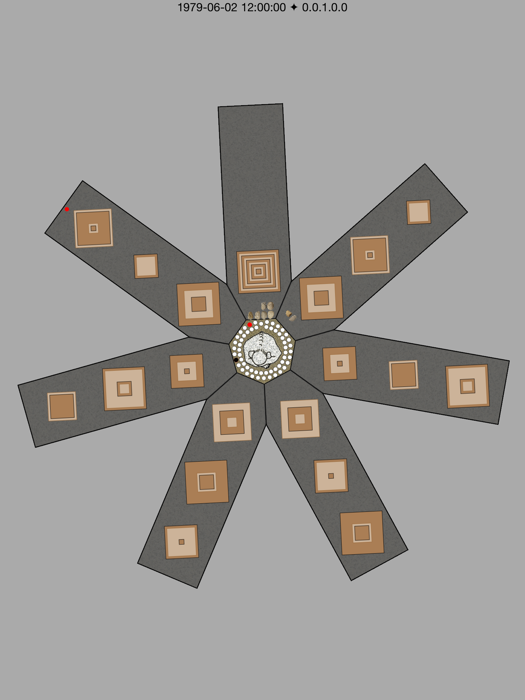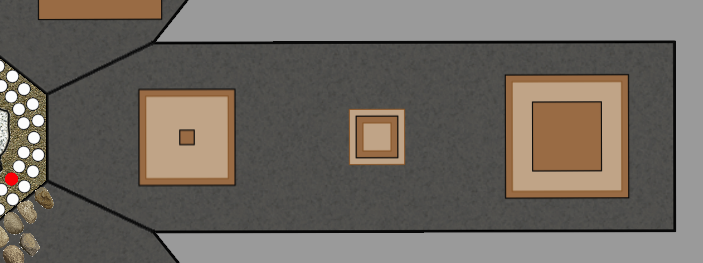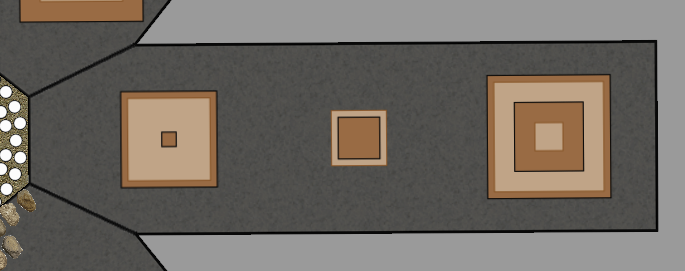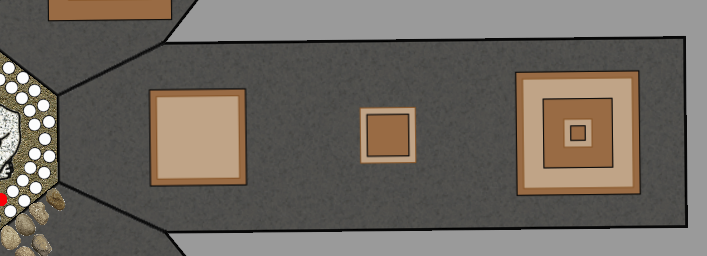On
each platform, there are three positions, near, middle, and far. Moving
a tile toward the troll means moving from far to middle or from middle
to near or from near to far. Moving a tile away from the troll means
moving from near to middle or from middle to far, or from far to near.
